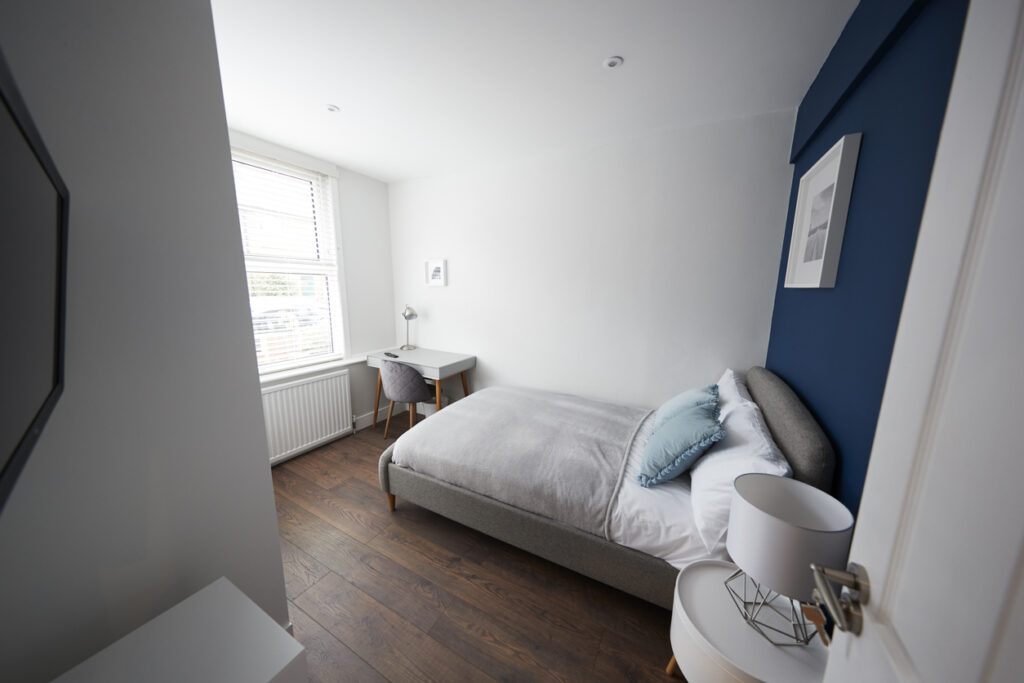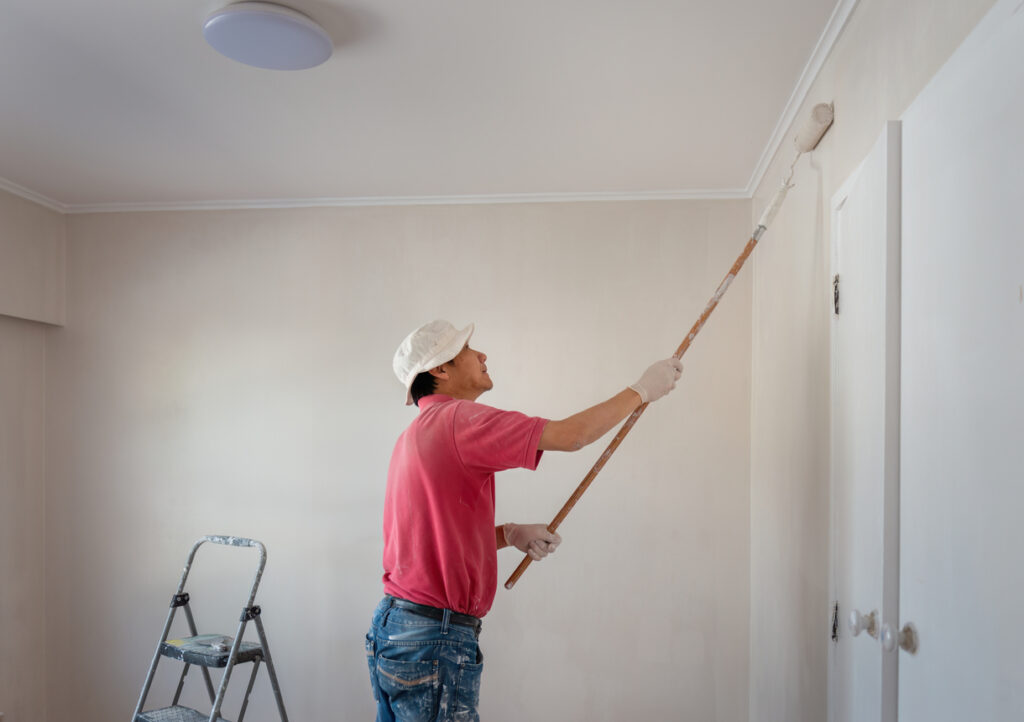One of the questions we get as interior house painters is: “How many coats of paint are needed for my project?” Understanding this can make a big difference in both appearance and longevity. Today, we’re diving deep into this question to bring clarity and confidence to your painting decisions.
How Many Coats of Paint? Here’s Our Answer!

The Importance of Determining the Right Number of Coats
Before we delve into specifics, let’s talk about why this matters. The right number of paint coats ensures durability, color consistency, and overall quality. Too few coats and you might see unevenness or previous colors peeking through. Too many, and you risk cracking or peeling. Finding that sweet spot is key.
Factors Influencing the Number of Paint Coats
1. The Type of Paint Being Used
Different paints vary significantly in their covering capabilities. With their superior formulation, high-quality paints often require fewer coats than their more economical counterparts. This distinction is crucial, as higher-end paints provide better coverage, more vibrant colors, and longer-lasting finishes, ensuring your painting project has a professional and enduring appearance with fewer layers.
2. The Color You Are Covering
Lighter colors often require more coats, particularly when applied over darker shades, to achieve a uniform and opaque finish. This is due to their lower pigment density. On the other hand, transitioning from light to dark shades is typically more straightforward, requiring fewer layers for complete coverage, as darker paints have a higher pigment concentration that masks the underlying lighter colors more effectively.
3. Surface Condition
Rough and porous surfaces, like untreated wood or drywall, tend to absorb more paint due to their texture and material composition. This absorption requires additional layers to achieve even and thorough coverage. Applying more coats ensures that the paint fills in the surface’s pores and crevices, resulting in a smooth, uniform finish. This process is important for both aesthetic appeal and long-term durability, as it prevents peeling and uneven wear.
General Guidelines for Different Situations
Painting Over a Similar Color
When repainting with a new color that closely resembles the old one, typically, two coats are sufficient to ensure a uniform finish. This is because the similar underlying hue requires less effort to conceal, allowing the new color to seamlessly blend and cover the old. The two-layer approach ensures that any minor variations are adequately masked, resulting in a smooth, consistent appearance that refreshingly updates the space without the need for extensive layers.
Switching from Dark to Light
If you’re planning to transform a room with a brighter hue, be prepared to apply a minimum of three coats, especially when covering darker shades. This is essential to ensure complete concealment of the underlying dark color. Multiple layers help in achieving the desired vibrancy and depth, providing a solid, opaque finish that effectively masks the darker base. This process not only changes the room’s mood but also guarantees a thorough and lasting color change.
Fresh Drywall or Repaired Areas
New surfaces, such as fresh drywall or recently repaired areas, typically demand a primer application followed by two or three coats of paint to achieve perfect coverage. The primer acts as a foundational layer, ensuring that the paint adheres properly and uniformly. It helps in sealing the surface and providing a consistent base, which is especially crucial for new or repaired areas. This process ensures that the final paint layers look even and vibrant, effectively covering any underlying material inconsistencies or blemishes.

How Many Coats of Paint for Different Paint Types
Flat and Matte Paints
Flat and matte paints, while offering a sophisticated, non-reflective finish, typically require more coats for full coverage, especially in high-traffic areas prone to scuffs and marks. Their porous nature makes them more susceptible to damage, leading to frequent touch-ups. Additional layers ensure a robust, enduring finish that can withstand the wear and tear of everyday life, maintaining the aesthetic integrity of the space over time.
Glossy and Semi-Gloss Paints
Glossy and semi-gloss paints, known for their reflective sheen, often require fewer coats due to their excellent coverage. However, this reflective quality also means they tend to highlight any surface imperfections, like dents or uneven textures. Careful preparation and smoothing of the surface are essential before application to ensure a flawless finish. Their luminous nature not only enhances the space’s brightness but also demands precision in application to achieve the desired sleek and polished look.
Special Considerations
Climate and Humidity
Environmental factors such as humidity, temperature, and air circulation significantly influence how paint dries and adheres to surfaces. In high humidity, paint may take longer to dry, possibly needing additional coats for even application. Conversely, in dry conditions, paint may dry too quickly, leading to uneven layers and the need for more coats to achieve a smooth finish. Properly assessing and adjusting for these environmental conditions is crucial for optimal paint application and long-lasting results.
The Skill of the Painter
Experienced painters, with their refined techniques and deep understanding of paint behavior, can often achieve even and thorough coverage more efficiently, potentially reducing the need for extra layers. Their expertise allows them to apply each coat with optimal thickness and consistency, minimizing the likelihood of patchiness or unevenness. This proficiency not only enhances the overall quality of the finish but can also save time and resources by reducing the number of coats required for a flawless appearance.
Conclusion
Determining how many coats of paint you need for your painting project depends on various factors, including paint type, color changes, and surface condition. While general guidelines are helpful, each project is unique. If you’re unsure, consulting with professional interior house painters can save time and ensure a flawless finish.
Remember, a perfect paint job is not just about the number of coats but the quality of application. Choose wisely, and your walls will thank you!
When considering your next painting project, remember that the expertise of a professional can make all the difference. All American Painting Plus stands out as a leading choice in the Northern Virginia region.
With years of experience and a commitment to quality, we understand that each home is unique, and we approach every project with a keen eye for detail and a dedication to perfection. If you value both aesthetics and durability in their painting projects, reaching out to us could be the key to turning your vision into a stunning reality!
Contact us today at (703) 686-8988 to discover how we can enhance the beauty and value of your home.











